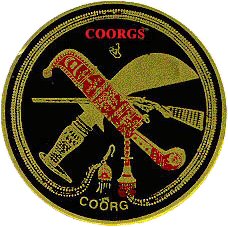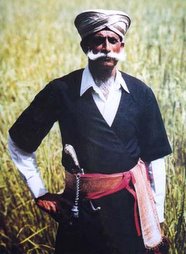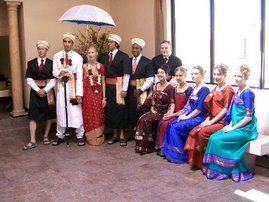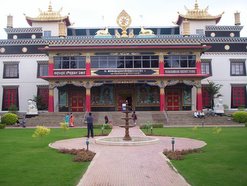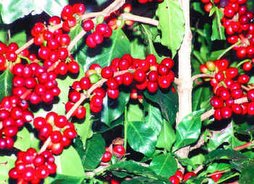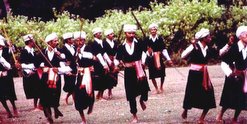Kodava Hockey Festival
The clan of Kodava in the Indian state of Karnataka have a long history of association with the game of Hokey. The district of Kodagu which is the land of the Kodavas is considered as the cradle of Indian hockey. More than 50 People from kodava community have represented India in international hockey tournaments, out of which 7 have also participated in Olympics.B P Govinda, M P Ganesh, M M Somaiya, C S Poonacha and Arjun Halappa are some of the prominent Kodavas who have represented India. The passion for hockey in Kodagu is so much that more than 200 families participate in an annual hockey festival. This festival is recognised as one of the largest field hockey tournaments in the world and has been referred to the Guinnes Book .However it has already found a mention in the Limca Book of Records, which is an Indian variant of the Guinness Book.
Origin
The Kodava hockey festival was started in the year 1997 and was the brainchild of 69 year old Pandanda Kuttappa who was a first division hockey referee and an ex-employee of Stat Bank of India. He conceived the idea of creating a platform in which the different Kodava families can get together. Realising the passion of hockey in Kodagu, he decided that a hockey festival would be a good event to bring Kodavas together. He also chose the hockey festival because he was disturbed about the growth of junior hockey players from Kodagu.The finances required for the inaugural tournament were provided by Kuttappa himself. The response however was lukewarm and this tournament held at Karada and called as Pandanda Cup attracted only around 60 families. Some rules were framed which included that all the team members must belong to the same family (surname) and participate in a full hockey attire. Even women could be a part of the team and it was left to the woman to decide whether she wants to represent the father's family or that of the husband's.
Growth
After the inaugural tournament, an academy called as The Kodava Hockey Academy was started to oversee and have the final say in all matters related to the future tournaments. Each subsequent tournament would be organised annually by a different Kodava family and the name of the family was given as the name of the tournament. The organising family was mainly responsible for arranging the finances and infrastructure needed for the festival. The cost was recovered from the sponsors and raffle tickets. Kodava families which participated in the tournament also shared a part of the cost depending on their capacity and will. The response to the tournament grew year by year and reached a maximum in the year 2003 in which 280 teams participated for the Kaliyanda Cup at Napoklu. The maximum women participation was in the year 2000 when 30 women took part in the Cheppudira Cup held at Ponnampet. The opening and closing ceremonies are held with pomp and splendour and various dances and martial arts of Kodavas are demonstrated. The tournament is inaugurated by a guest by doing a pass-back of the hockey ball using a silver hockey stick. Stalls setup around the venue do brisk business because of the large crowds that come to view the matches. However, unsavory incidents like roughing up of referees and clashes between players and supporters of opposing teams have marred this tradition a bit.







